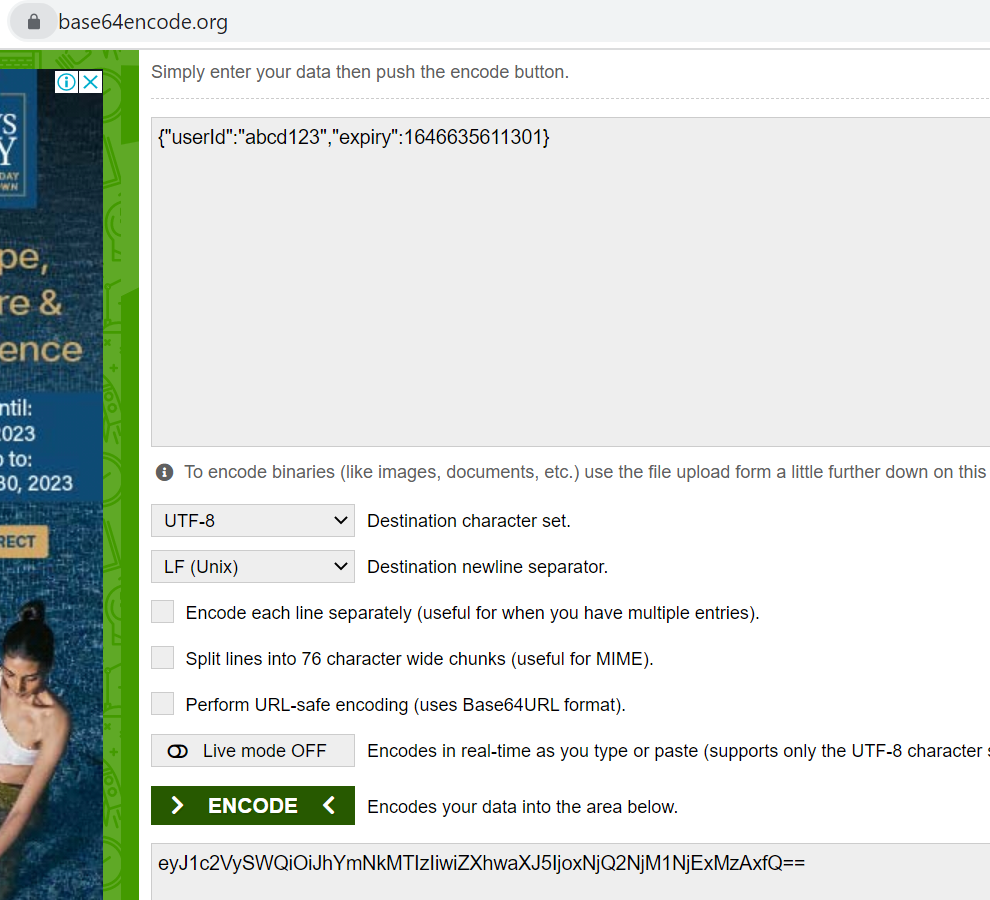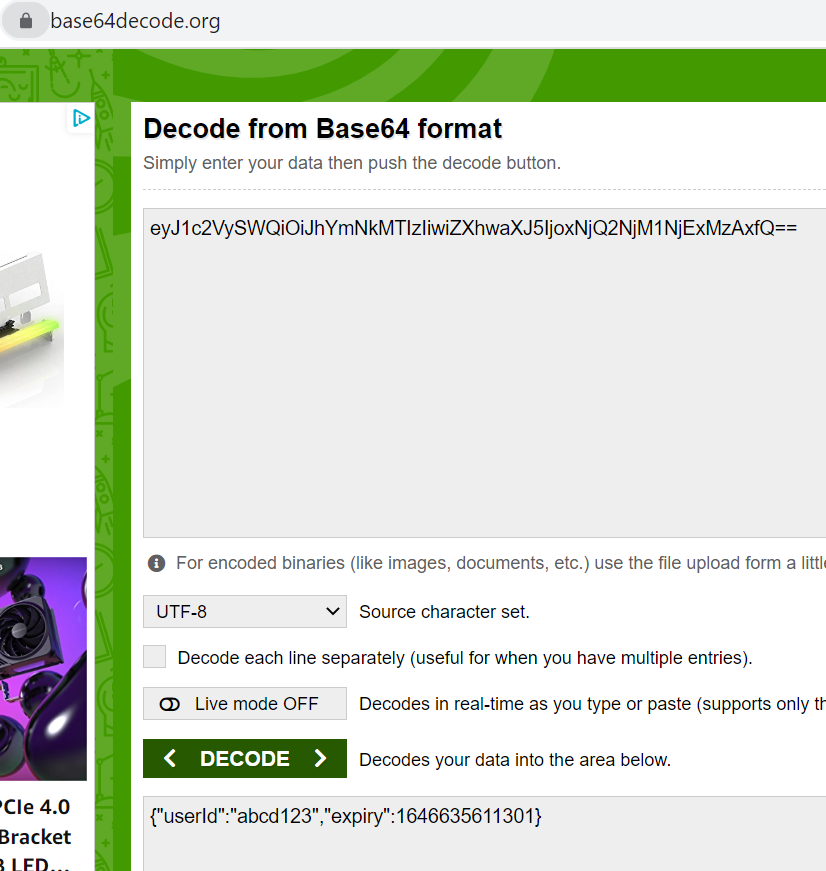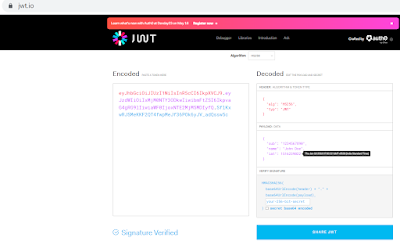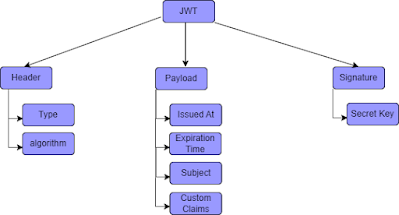There are 87 bundles not in AEM as a Cloud Service. Here is the list:
- com.adobe.aem.transaction-core – AEM Forms Transaction Core Bundle
- com.adobe.aemds.formsmanager.adobe-aemds-formsanddocuments-core – AEM Forms and Documents Core
- com.adobe.aemds.guide.aemds-guide-core – Adaptive Forms Core API
- com.adobe.aemds.guide.aemds-guide-core-impl – Adaptive Forms Core Implementation
- com.adobe.aemfd.ccm.multichannel-ccm-multi-channel-core – Multi Channel Core
- com.adobe.cq.commerce.cq-commerce-core – Adobe Communique 5 Commerce Core
- com.adobe.cq.commerce.cq-commerce-pim – Adobe Communique 5 Commerce Product Information Manager
- com.adobe.cq.commerce.cq-commerce-social – Adobe Communique 5 Commerce Social
- com.adobe.cq.cq-activitymap-integration – AEM 6 ActivityMap Integration Bundle
- com.adobe.cq.cq-pre-upgrade-backup – CQ Pre-upgrade Backup
- com.adobe.cq.cq-pre-upgrade-cleanup – CQ Pre-upgrade Cleanup
- com.adobe.cq.sample.we.retail.core – We.Retail – Core
- com.adobe.cq.screens.com.adobe.cq.screens – AEM Screens – Core
- com.adobe.cq.screens.com.adobe.cq.screens.apps.we_retail – Screens WeRetail
- com.adobe.cq.screens.com.adobe.cq.screens.dcc – AEM Screens – DCC
- com.adobe.cq.screens.com.adobe.cq.screens.mq.activemq – Adobe Screens Apache ActiveMQ Implementation
- com.adobe.cq.screens.com.adobe.cq.screens.mq.core – Adobe Screens JMS implementation
- com.adobe.cq.screens.com.adobe.cq.screens.sessions –
- com.adobe.cq.social.cq-social-activitystreams – AEM Communities ActivityStreams – Bundle
- com.adobe.cq.social.cq-social-as-provider – AEM Communities AdobeSocial Resource Provider – Bundle
- com.adobe.cq.social.cq-social-badging-api – AEM Communities Badging API – Bundle
- com.adobe.cq.social.cq-social-badging-basic-impl – AEM Communities Basic Badging – Bundle
- com.adobe.cq.social.cq-social-badging-impl – AEM Communities Badging – Bundle
- com.adobe.cq.social.cq-social-calendar-api – AEM Communities Calendar – API Bundle
- com.adobe.cq.social.cq-social-calendar-impl – AEM Communities Calendar – Impl Bundle
- com.adobe.cq.social.cq-social-commons – AEM Communities Commons – Bundle
- com.adobe.cq.social.cq-social-commons-oauth – AEM Communities Commons Oauth – Bundle
- com.adobe.cq.social.cq-social-console – AEM Communities Console – Bundle
- com.adobe.cq.social.cq-social-content-fragments-impl – AEM Communities Content Fragments Impl – Bundle
- com.adobe.cq.social.cq-social-enablement-api – AEM Communities Enablement Api – Bundle
- com.adobe.cq.social.cq-social-enablement-impl – AEM Communities Enablement Impl – Bundle
- com.adobe.cq.social.cq-social-filelibrary – AEM Communities File Library – Bundle
- com.adobe.cq.social.cq-social-forum – AEM Communities Forum – Bundle
- com.adobe.cq.social.cq-social-gamification-api – AEM Communities Gamification API – Bundle
- com.adobe.cq.social.cq-social-gamification-impl – AEM Communities Gamification Impl – Bundle
- com.adobe.cq.social.cq-social-graph-api – AEM Communities SocialGraph API – Bundle
- com.adobe.cq.social.cq-social-graph-impl – AEM Communities SocialGraph Impl – Bundle
- com.adobe.cq.social.cq-social-group – AEM Communities CommunityGroup – Bundle
- com.adobe.cq.social.cq-social-handlebars – AEM Communities Handlebars Scripting Engine – Bundle
- com.adobe.cq.social.cq-social-ideation-api – AEM Communities Ideation API – Bundle
- com.adobe.cq.social.cq-social-ideation-impl – AEM Communities Ideation – Bundle
- com.adobe.cq.social.cq-social-jcr-provider – Bundle –
- com.adobe.cq.social.cq-social-jcr-provider-common – AEM Communities JCR Resource Provider Common Code – Bundle
- com.adobe.cq.social.cq-social-journal – AEM Communities Journal – Bundle
- com.adobe.cq.social.cq-social-livefyre – AEM Livefyre – Bundle
- com.adobe.cq.social.cq-social-members-api – AEM Communities Members API – Bundle
- com.adobe.cq.social.cq-social-members-impl – AEM Communities Members Impl – Bundle
- com.adobe.cq.social.cq-social-messaging-api – AEM Communities Messaging – API Bundle
- com.adobe.cq.social.cq-social-messaging-impl – AEM Communities Messaging – Impl Bundle
- com.adobe.cq.social.cq-social-moderation – AEM Communities Moderation – Bundle
- com.adobe.cq.social.cq-social-moderation-spamdetector-core – AEM Communities Spam Detection Core – Bundle
- com.adobe.cq.social.cq-social-ms-provider – AEM Communities Mongo Storage Resource Provider – Bundle
- com.adobe.cq.social.cq-social-notifications-api – AEM Communities Notifications – API Bundle
- com.adobe.cq.social.cq-social-notifications-channels-web – AEM Communities Notifications – Web Channel
- com.adobe.cq.social.cq-social-notifications-impl – AEM Communities Notifications – IMPL Bundle
- com.adobe.cq.social.cq-social-qna – AEM Communities QnA – Bundle
- com.adobe.cq.social.cq-social-rdb-provider – AEM Communities Relational Social Resource Provider – Bundle
- com.adobe.cq.social.cq-social-reporting-management – AEM Communities Enablement Reporting Management- Bundle
- com.adobe.cq.social.cq-social-review – AEM Communities Review – Bundle
- com.adobe.cq.social.cq-social-scf-api – AEM Communities SCF – API Bundle
- com.adobe.cq.social.cq-social-scf-impl – AEM Communities SCF – Impl Bundle
- com.adobe.cq.social.cq-social-scoring-api – AEM Communities Scoring API – Bundle
- com.adobe.cq.social.cq-social-scoring-basic-impl – AEM Communities Scoring Basic – Bundle
- com.adobe.cq.social.cq-social-scoring-impl – AEM Communities Scoring – Bundle
- com.adobe.cq.social.cq-social-serviceusers-api – AEM Communities Service Users – Bundle
- com.adobe.cq.social.cq-social-serviceusers-impl – AEM Communities Service Users – Impl Bundle
- com.adobe.cq.social.cq-social-srp-api – AEM Communities SRP Base – API Bundle
- com.adobe.cq.social.cq-social-srp-impl – AEM Communities SRP – Impl Bundle
- com.adobe.cq.social.cq-social-sync – AEM Communities Sync – Bundle
- com.adobe.cq.social.cq-social-tally – AEM Communities Tally – Bundle
- com.adobe.cq.social.cq-social-translation – AEM Communities Translation – Bundle
- com.adobe.cq.social.cq-social-ugc-search-collections – AEM Communities UGC SearchCollections – Bundle
- com.adobe.cq.social.cq-social-ugcbase-api – AEM Communities UGC Base – API Bundle
- com.adobe.cq.social.cq-social-ugcbase-impl – AEM Communities UGC Base – Impl Bundle
- com.adobe.cq.social.cq-social-user-ugc-management – AEM Communities User Ugc Moderation – Bundle
- com.adobe.forms.common.adobe-xfaforms-common – Mobile Forms Common Bundle
- com.adobe.forms.foundation-forms-foundation-base – Forms Foundation Base Bundle
- com.adobe.forms.foundation-forms-foundation-cloud-config – Forms Foundation Cloud Configurations Bundle
- com.adobe.granite.apicontroller – Adobe Granite API Controller
- com.adobe.livecycle.formsportal-bundle – Adobe FormsPortal Services Bundle
- com.day.cq.cq-compat-codeupgrade – Day Communique 5 Code Upgrade service
- com.day.cq.cq-upgrades-executor – Adobe Communique 5 Upgrades Executor
- com.day.cq.dam.cq-dam-pim – Day Communique 5 DAM PIM Integration Implementation
- com.day.cq.dam.cq-dam-rating – Day Communique 5 Assets Rating
- com.day.cq.pre-upgrade-tasks – AEM Pre-Upgrade Maintenance Tasks
- forms-foundation-bundle – Forms Foundation Layer Bundle







